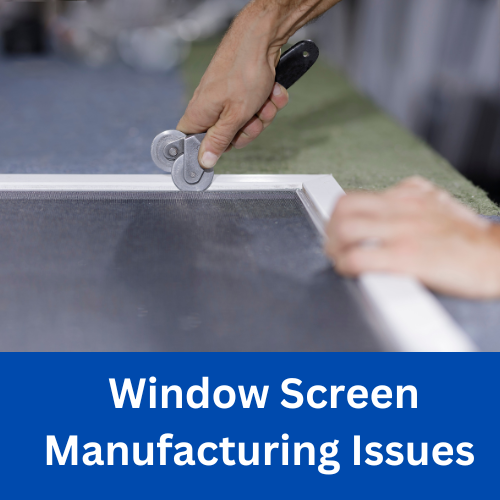In fenestration manufacturing, the hum of saws, drills, and air compressors is a constant. But…

How to Make Insulated Glass
Insulated glass (IG) is a combination of two or more sheets of glass spaced apart with a spacer bar and sealed to form a single unit with one or more air spaces in between. It is commonly called double pane or double glazing glass as well. Insulated glass is an evolution from older technologies known as double-hung windows and storm windows. Traditional double-hung windows used a single pane of glass to separate the interior and exterior spaces.
The major manufacturing process for creating insulated glass includes glass cutting, glass edging, glass washing, spacer assembly, and gas filling.
Glass Cutting
The two panes of glass that will be used to make the sealed unit are measured and cut to size either by hand or using an automatic cutting table. There are a variety of automated solutions to reduce costly mistakes and improve overall efficiency when it comes to cutting glass. From saws to transfer tables, Wakefield has the best-in-breed tools needed to get the job done.
Glass Edging
Once cut, the insulated glass layers must be sealed using sealants so that the two separate sheets become one single unit of glass. In order for the sealants to adhere to glass, any moisture-sensitive coatings need to be fully removed, or edge-deleted. Edge deletion is the removal of a narrow strip of coating around the perimeter of a sheet of glass that has been cut to size so that the sealants can bond directly to the glass. This can be a very time consuming process. Fortunately for window manufacturers, there are a variety of cost effective machines available to achieve edge deletion and eliminate costly edge deletion failures. Wakefield Equipment offers both a single edge deletion table and a twin edge deletion table designed to increase both productivity and operator safety at the same time.
The next step in the process is that the glass units are fed through a glass washer. There might not be any more critical piece of equipment than the washer to ensure that glass is completely free of debris. Wakefield offers glass washers in 60” and 84” capacity and can custom build to suit the needs of a manufacturer. After being washed they are thoroughly inspected by the operator for quality.
Spacer Assembly
Once the glass is prepared, it’s time to join the single panes into one using a spacer bar. Window and glass spacers are the seals that sit between panes of glass in a window. Over the years, the window manufacturing industry has seen advances in the materials used. Historically, spacers were made primarily of metal and fiber, which manufacturers thought provided more durability. Metal conducts heat, however, so manufacturers are turning to other types of materials and technology, such as the intercept spacer and the flexible spacer. Intercept spacers are considered to be much more energy-efficient, with a greater ability to lock in desired temperatures. They also can cause quite a bit of noise to echo through the windows, which makes them a poor choice for certain applications.
The flexible spacer is one of the newest and most energy-efficient types of insulated glass spacers on the market today. Depending on the materials used when it’s manufactured, it is often considered to be better at insulating than aluminum or intercept spacers. A flexible spacer is a type of swiggle spacer, which in addition to its environmentally-friendly profile, is also a quieter type of seal than aluminum or intercept seals. Wakefield offers a Flexible Spacer Application Table, designed to assist in the flexible spacer assembly.
Gas Filling
To further increase an IG unit’s thermal efficiency, gas filling is used. Gas filling equipment for windows work by filling the space between planes with either argon or krypton, which reduces the window’s U-factor rating
Wakefield Equipment
Wakefield Equipment offers a variety of glass handling equipment designed to improve your efficiency and to help achieve an overall goal of maximum speed to manufacture an IG unit all within the smallest footprint possible. See a sample insulated glass production line and call our sales department for your customized quote!



